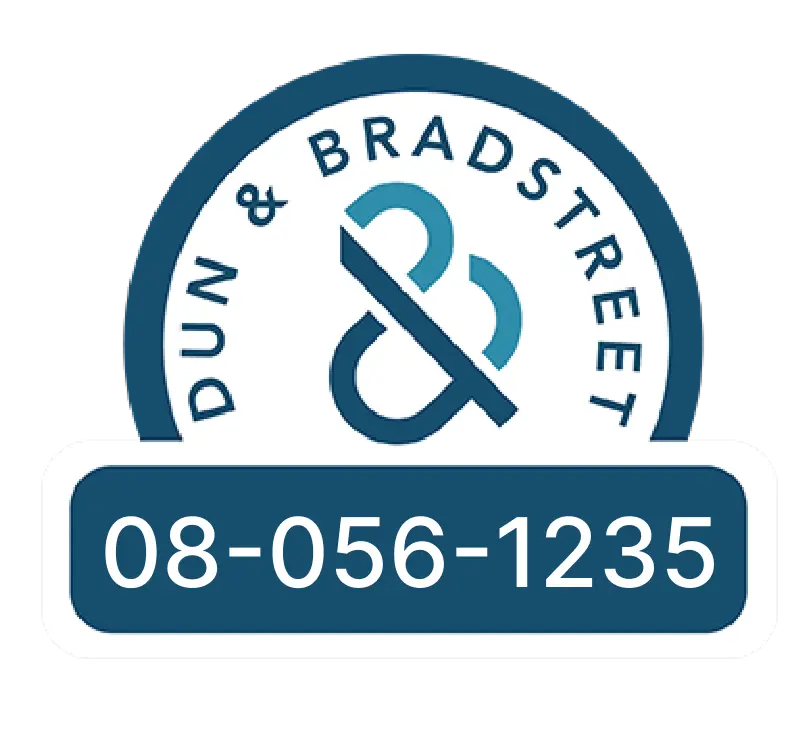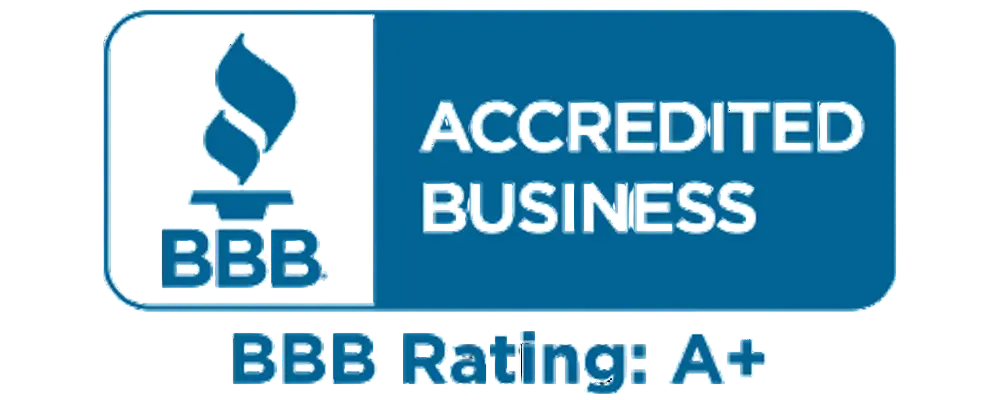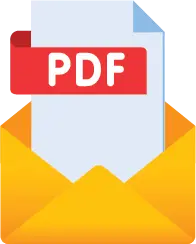Download free PDF
Pharmaceutical Glass Packaging Market Size - By Material, By Product, By Drug Type, By Application, Forecast, 2025 – 2034
Report ID: GMI13215
|
Published Date: February 2025
|
Report Format: PDF
Download Free PDF
Authors: Suraj Gujar, Sandeep Ugale



Premium Report Details
Base Year: 2024
Companies covered: 16
Tables & Figures: 608
Countries covered: 23
Pages: 190
Download Free PDF

Pharmaceutical Glass Packaging Market
Get a free sample of this report
Get a free sample of this report Pharmaceutical Glass Packaging Market
Is your requirement urgent? Please give us your business email
for a speedy delivery!





Pharmaceutical Glass Packaging Market Size
The global pharmaceutical glass packaging market was valued at USD 21.9 billion in 2024 and is estimated to grow at a CAGR of 10.1% to reach USD 56.8 billion by 2034, attributed to factors such as rising global pharmaceutical demand and the stringent regulation for drug safety.
The rise in global pharmaceutical demand is a major growth driver in the market. The increasing aging population and increasing prevalence of chronic diseases is pushing the expansion of pharmaceutical industries which demand durable and high-quality packaging, making glass preferred material due to chemical stability and preserving drug effectiveness. According to a Statista report, global pharmaceutical industry accounted for USD 1.6 trillion dollar in the year 2023. In addition, the growth of generic injectable drugs which rely on specialized glass packaging solutions such as vials and ampoules is contributing to market growth.
Pharmaceutical glass manufacturers should design durable, chemically resistant vials and ampoules to capture increased demand from the growing pharma industry. Innovation in lightweight, break-resistant, and eco-friendly glass packaging will improve drug safety, regulatory standards, and competitiveness in the market.
Another significant growth driver in pharmaceutical glass packaging market is the stringent packaging regulations for drug safety. Various regulatory bodies such as FDA (U.S. Food and Drug Administration), EMA (European Medicines Agency), and WHO (World Health Organization) enforces strict packaging guidelines to ensure drug stability and contamination prevention for injectable drugs and vaccines. This regulatory requirement is driving the shift from traditional glass to Type 1 borosilicate glass packaging due to its superior chemical resistance and extreme temperature resistance advantages.
The preference for ready to use packaging such as pre-sterilized vials, ampoules and syringes pushes the growth of pharmaceutical glass packaging market. These packaging eliminates the need for in-house sterilization of drugs and ensures smooth drug manufacturing and filling process. Moreover, pharmaceutical manufacturing companies are adopting ready to use packaging, as it reduces operational cost and reduces contamination risk while complying with regulatory requirements.
Pharmaceutical glass packaging manufacturers must prefer Type 1 borosilicate glass for highest chemical resistance and compliance with norms. Increasing demand for pre-sterilized, ready-to-use vials, ampoules, and syringes will reduce contamination threats, streamline drug production, and save cost for the pharmaceutical industry.
Pharmaceutical Glass Packaging Market Trends
Pharmaceutical Glass Packaging Market Analysis
The market based on the material is categorized into type 1, type 2 and type 3.
The pharmaceutical glass packaging market based on the product is bifurcated into vials, bottles, cartridges & syringes, ampoules and others.
The pharmaceutical glass packaging market based on the drug type is categorized into injectable drugs, oral drugs, topical drugs, ophthalmic drugs and others.
The pharmaceutical glass packaging market based on the application is divided into generic, branded and biologic.
The North American region accounted for 35.3% of the global pharmaceutical glass packaging market share in the year 2024. The increasing demand for injectable drugs and biologics is some of the main drivers in North America. Various government initiative supports the adoption of sustainable packaging material which is propelling the demand for Type 1 borosilicate glass packaging for enhanced drug safety.
The Europe region held 22.2% of the global pharmaceutical glass packaging market share in the year 2024. The growth of Europe’s market is attributed to the heightened interest in sustainable packaging solutions coupled with the growing demand for high quality luxury drug packaging.
The Asia Pacific region held 29.5% of the global pharmaceutical glass packaging market share in the year 2024. The Asia Pacific region, headed by China, Japan, and South Korea is growing due to increasing pharmaceutical production and export. Moreover, the increasing government investment in biotech industries pushes the demand for pharmaceuticals glass packaging.
The Latin America region held 3.6% of the pharmaceutical glass packaging market share in year 2024. The market in Latin America is fueled by the rapid expansion of biotech research facilities, leading to an increasing pharmaceutical production and exports coupled with growing demand for sustainable packaging.
The MEA region is anticipated to grow at a CAGR of over 8.5% by 2034. The market in the Middle East & Africa is boosting due to the expansion of pharmaceutical and biotechnology sector, pushing the demand for injectable drugs and vaccines. In addition, strict government regulation towards drug safety and waste reduction ensures smooth entry in the pharmaceutical market.
Pharmaceutical Glass Packaging Market Share
The pharmaceutical glass packaging industry is highly competitive and fragmented with the presence of established global players as well as local players and startups. The top 5 players in the global pharmaceutical glass packaging market are Schott AG, Gerresheimer AG , Corning Incorporated, Stevanato Group S.p.A., and Nipro Corporation, collectively accounting for over 26% market share.
Major players in the market are investing in sustainable material and high-quality glass packaging to meet the strict regulatory requirements and growing demand for eco-friendly packaging. The next-generation pharmaceutical glass packaging are focusing towards the break resistant and chemically stable glass, which ensure drug safety while aligning with sustainability goals.
New developments in surface coatings and barrier technology have pushed the adoption of Type 1 borosilicate and aluminosilicate glass packaging, improving the durability and drug compatibility. Moreover, the increasing cases of diabetic cardiovascular and cancer is pushing the demand for pharmaceutical vials and ampules, which contribute to growing demand for pharmaceutical glass packaging.
Pharmaceutical Glass Packaging Market Companies
The pharmaceutical glass packaging industry features several prominent players, including:
Schott AG is a global leader in pharmaceutical glass packaging market and offers a diverse range of high-quality glass packaging solutions that meet regulatory requirements. This company offers Type 1 & DC vials which offers enhanced safety and reliability of injectable drug storage while extending the shelf life. They also offer high quality glass packaging container under their FIOLAX technology to ensure streamline packaging of sensitive drugs.
Gerreshemeimer AG, a close competitor operating in the same vertical is known for its extensive portfolio of products and specializes in Type 1 borosilicate glass to manufacture vials and ampules, which meet highest packaging standards. This company also offers various customized packaging solution catering to specific pharmaceutical companies requirements.
Pharmaceutical Glass Packaging Industry News
The pharmaceutical glass packaging market research report includes in-depth coverage of the industry with estimates & forecast in terms of revenue (USD Billion) and volume (Kilo Tons) from 2021 to 2034, for the following segments:
Click here to Buy Section of this Report
Market, By Material
Market, By Product
Market, By Drug Type
Market, By Application
The above information is provided for the following regions and countries: